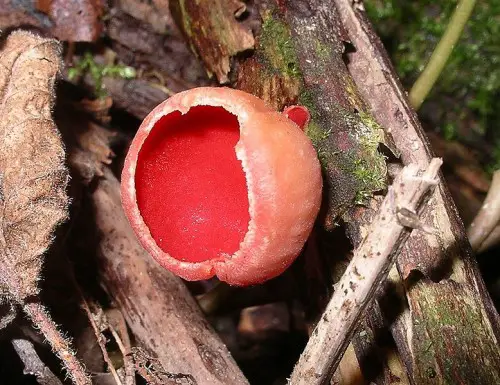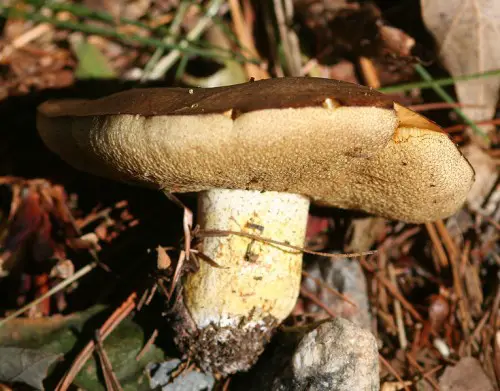Fungus
A well known member of a large group of organisms (including micro-organisms) include fungus. These organisms which include mould, yeast, and mushrooms form a scientifically classified kingdom called fungi. This kingdom is separate from bacteria, plants, and animals.
One of the major differences between fungi and other kingdoms are that the cells of fungi have cell walls that contain chitin. Plant cell walls contain cellulose. Another difference is tha tthey share a common ancestor called Eumycota, also known as Eumycetes or true fungi.
Fungi can be found all over the world. However, many are inconspicuous because they are small and/or are found in soil, dead matter, or have symbiotic relationships with other fungi, plants, or animals. Some fungi become more noticeable when they are fruiting either as a moold or a mushroom. They can perform an essential role in the decomposition of organic matter and thus are fundamental in nutrient cycling and exchange.
As for human use, they have important roles as a source of food. These include using black truffles as a garnish or even eating mushrooms in grilled form, salad, risottos, and more. They are also used as a leavening agent for bread. Fungi is used to ferment a number of food and beverage related products such as soy sauce, beer, and wine.
Since the 1940s, they are used to produce antibiotics. Their enzymes have been more recently used for industrial purposes such as in detergents. They are also used in biological pesticides to control weeds, insect pests, and plant diseases. Some are also bioactive and are toxic to both humans and animals. Some of these compounds can be psychotropic, and are eaten as a recreational drug or in traditional spiritual ceremonies. Another downside is that they can break down buildings, materials, as well as spoil food and crops.
The true biodiversity of the Fungi kingdom is not know. However, what we do know is that it is estimated that there are 1.5 million species. Only a meagre 5% of this has been formally classified. Our classification for fungi started in the 18th and 19th century under the taxonomists, Carl Linnaeus, Christian Hendrik Persoon, and Elias Magnus Fries.




